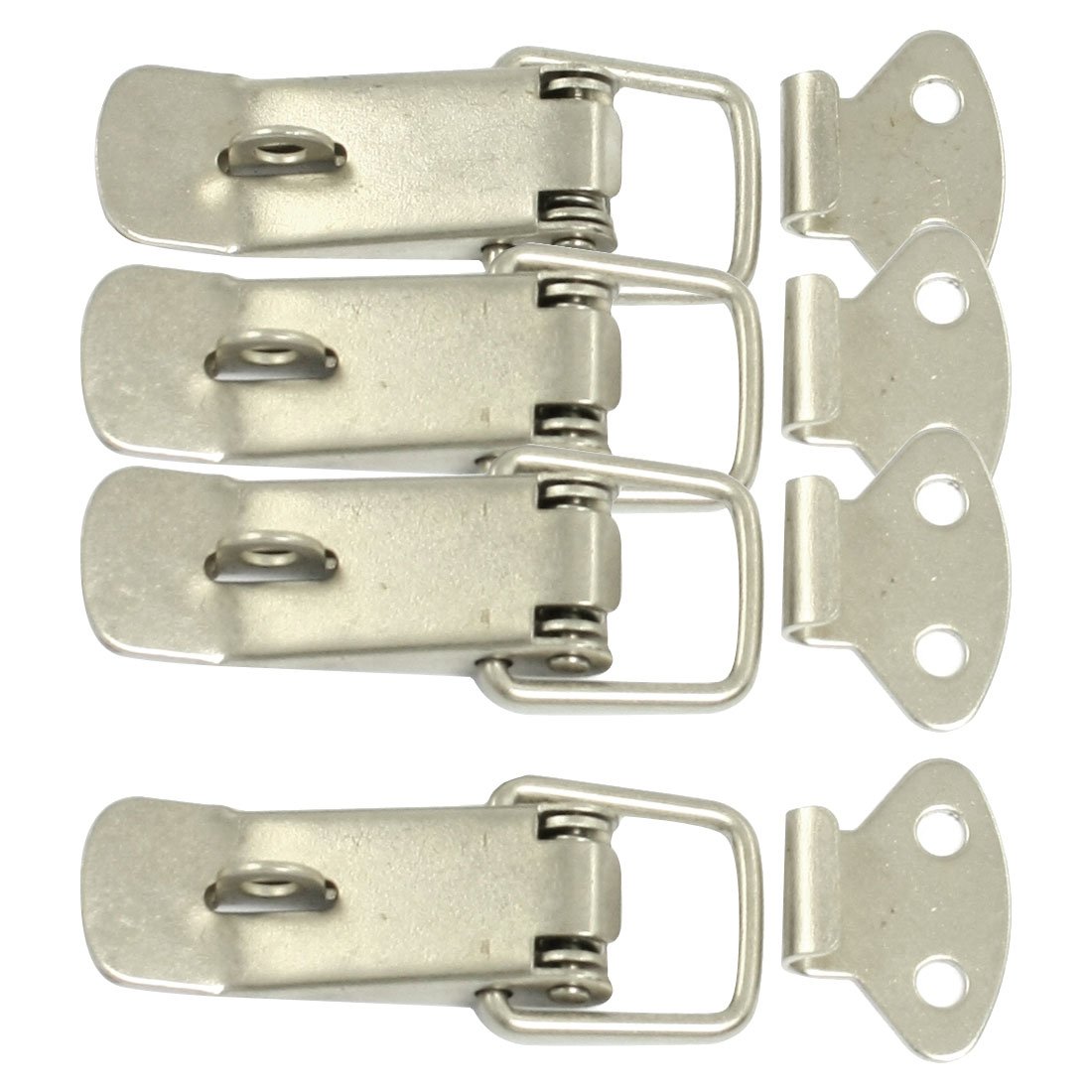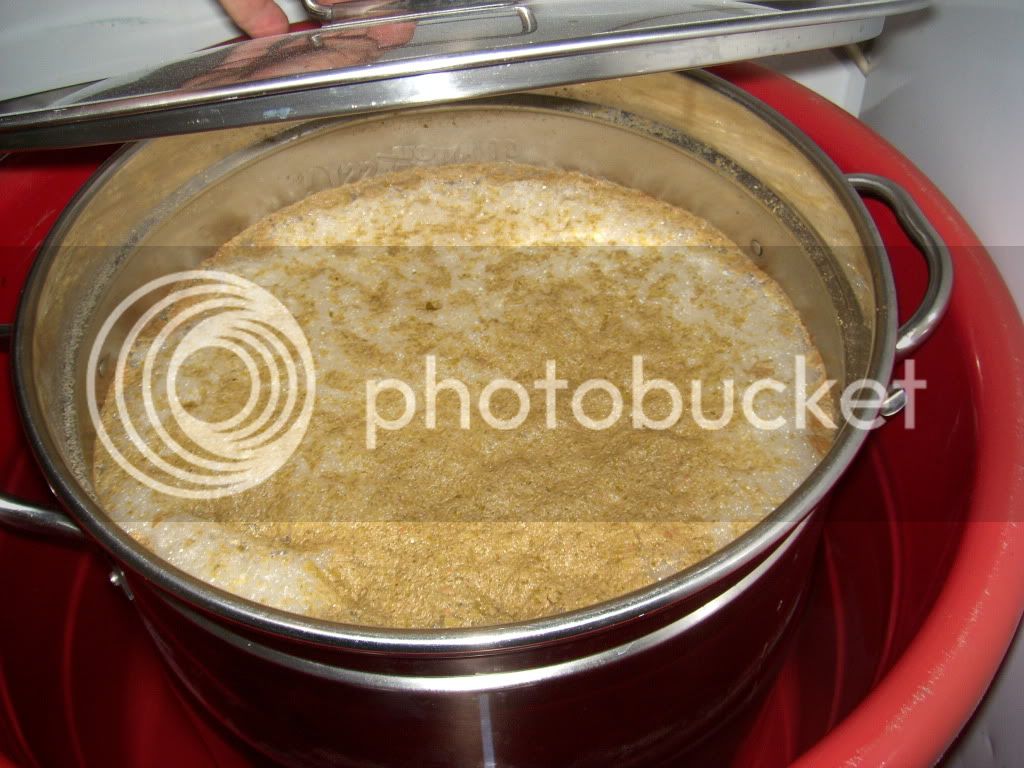Brewzologist
Active Member
There are lots of great options for fermentation vessels out there. I recently decided I wanted to upgrade my fermenters, and selected stainless steel as the material I most wanted in my new fermenters. But, the commercial stainless options weren't cheap, and most are conicals, when I really only wanted a stainless bucket (so it would fit in my fermentation chamber). So, I got to thinking about how to make my own.
Here's what I did in case you want to do something similar. I pressure tested to 20PSI with air without the binder clips, and had no leaks. Above 20PSI the lid would pop off from the pressure. I did not test the PSI with the binder clips on, which are just for insurance as far as I'm concerned. It is more than adequate for my 5 gallon batches and works great. Here's my shopping list, all bought from Amazon:
36qt. Bayou Classic pot $70 (primary)
24qt. Bayou Classic pot $46 (secondary)
Food Grade White SiliconeTubing, 3/8"ID, 1/2"OD, 1/16" Wall, 10' Length $15
How to make:
1) I drilled a 1 1/4" hole into the existing vent holes on the lids with a step drill bit, and some oil during the drilling. I deburred with my Dremel and a stone afterward.
2) I cut a slit down the length of the silicone tubing and placed it on the edge of the kettle lip. (Edit: I glued the ends together with silicone aquarium sealant, using techniques described in this thread. See pic.)
3) Gently press lid onto top, install airlock, put binder clips on.
Future Enhancements:
1) I might eventually add a ball valve, so I don't have to use my autosiphon via the 1 1/4" hole to transfer beer. But I'm not sure I want to do that, because the ball valve is just another place for nasties to hide that has the be cleaned and sanitized.
2) I might add a thermowell to the lid for the remote thermometer probe in my temperature controlled fermentation chamber.
Hope you find this idea useful!
Steve





Here's what I did in case you want to do something similar. I pressure tested to 20PSI with air without the binder clips, and had no leaks. Above 20PSI the lid would pop off from the pressure. I did not test the PSI with the binder clips on, which are just for insurance as far as I'm concerned. It is more than adequate for my 5 gallon batches and works great. Here's my shopping list, all bought from Amazon:
36qt. Bayou Classic pot $70 (primary)
24qt. Bayou Classic pot $46 (secondary)
Food Grade White SiliconeTubing, 3/8"ID, 1/2"OD, 1/16" Wall, 10' Length $15
How to make:
1) I drilled a 1 1/4" hole into the existing vent holes on the lids with a step drill bit, and some oil during the drilling. I deburred with my Dremel and a stone afterward.
2) I cut a slit down the length of the silicone tubing and placed it on the edge of the kettle lip. (Edit: I glued the ends together with silicone aquarium sealant, using techniques described in this thread. See pic.)
3) Gently press lid onto top, install airlock, put binder clips on.
Future Enhancements:
1) I might eventually add a ball valve, so I don't have to use my autosiphon via the 1 1/4" hole to transfer beer. But I'm not sure I want to do that, because the ball valve is just another place for nasties to hide that has the be cleaned and sanitized.
2) I might add a thermowell to the lid for the remote thermometer probe in my temperature controlled fermentation chamber.
Hope you find this idea useful!
Steve











